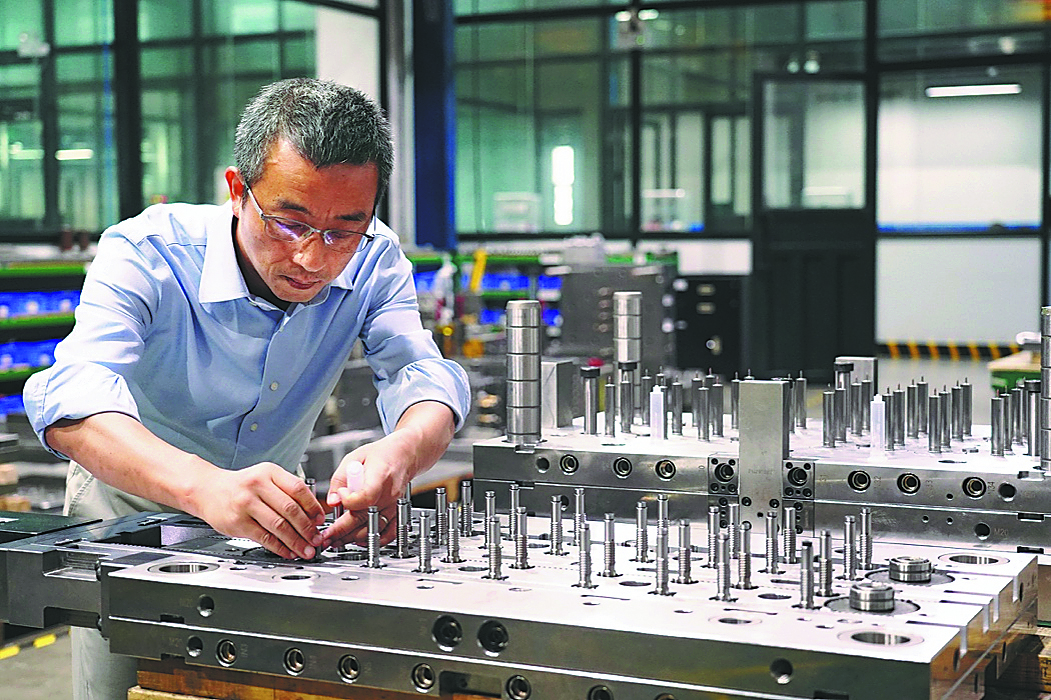Rise of a new manufacturing powerhouse
GBA sets sights on becoming hub for next-generation industrial revolution


Innovation investment
The stories of PointFit Technology and Hongrita reflect a common strategy in the GBA — adapting to change and investing to drive it.
In 2022, the GBA's annual research and development spending soared to 447.8 billion yuan, accounting for 3.4 percent of its GDP. This surpassed the figures of global tech powerhouses like Germany (3.14 percent) and Japan (3.26 percent).
According to the Global Innovation Index 2023, the Guangzhou-Shenzhen-Hong Kong technology cluster ranked as the world's second-most active cluster in terms of patents and scientific publications for four consecutive years.
These strides align with the strategic vision outlined in the recent resolution of the third plenary session of the 20th Central Committee of the Communist Party of China, which supports leading urban clusters to serve as engines of the nation's high-quality development.
In the new development stage, CUHK professor Li highlighted the supply chain and new quality productive forces as a key concept for the GBA.
"Now we are seeing a new configuration of the supply chain that can capture more systemically, more efficiently the changing demands" of both Western and domestic markets, he explained.
Companies have been empowered to craft more efficient production systems, drawing on diverse resources spread throughout the region.
Regarding new quality productive forces, Li emphasized that they include novel technologies, new business models, and emerging industries.
He stressed that they also involve modernizing traditional industries through innovative operational methods, particularly in automation and digitalization.
"We should not only strengthen the development of emerging strategic, high-tech sectors, but also use the latest IT technologies, digital technologies, to increase the productivity of traditional industries, and traditional manufacturing," he said.
Contact the writers at shixiaofeng@chinadailyhk.com
- China defends response to Japanese reconnaissance in East China Sea ADIZ
- Gansu sets up team to probe abnormal blood lead levels in children
- China publishes Han-Tibetan version of major dictionary
- People advised to guard against dengue fever, diarrhea and other diseases
- Exploring China's Xixia Imperial Tombs with Yuanxi
- SCO foreign ministers council meeting to be held in Tianjin





































